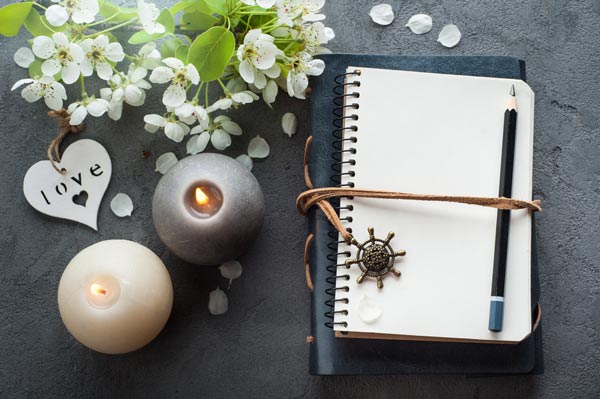
Most of my favourite poems are written in free verse, which implies they don’t fall underneath the constraints of kind poetry. Not that I’ve something in opposition to kind poetry — it’s a stunning custom, and I like studying and writing it — however not as a lot as I get pleasure from studying and writing free-verse poetry.
In free verse, there aren’t any guidelines or pointers to observe — no set meter or rhyme scheme that one should adhere to. There’s a type of freedom in free verse that permits us to faucet into language in a manner that kind poetry and prose merely don’t provide.
Free Verse
Free verse is commonly described as following the pure rhythms of speech fairly than the musical qualities of poetry. Nonetheless, free verse may be rhythmic and melodic fairly than sounding like pure speech, and it could possibly include rhymes and different patterns. Contemplate the next excerpt from “Spelling” by Margaret Atwood:
On the level the place language falls away
from the new bones, on the level
the place the rock breaks open and darkness
flows out of it like blood, at
the melting level of granite
when the bones know
they’re hole & the phrase
splits & doubles & speaks
the reality & the physique
itself turns into a mouth.
Learn it aloud. It doesn’t sound like pure speech. It’s distinctly poetic and musical. It’s acquired a rhythm. Whereas kind poetry usually makes use of strictly patterned meter and rhyme, free verse can shake up the meter and use rhymes in surprising locations.
Repetition is essential to musicality, however the metrical patterns and rhymes of kind poetry aren’t the one manner to make use of repetition. Listed below are a number of methods this free-verse poem creates its personal type of music:
- Contemplate sizzling bones and rock breaks. Sizzling and rock use assonance, the repetition of a vowel sound, which renders an impact just like rhyme.
- Consonance refers back to the repetition of a consonant sound in shut proximity. There’s a type of consonance with the B sound in bones, breaks, and blood, despite the fact that these phrases are unfold out over three consecutive traces. This repetition offers the poem a type of backbeat, every phrase portray a vivid picture within the readers’ minds.
- Equally, take a look at the repetition of the onerous O sound within the following phrases: open, flows, bones, know, hole. This sound is sprinkled all through the poem, giving it an open, upward-looking baseline.
As we are able to see, patterns of sound and rhyme do generally emerge in free verse, however these poems don’t observe a plan or a formulation. They are often nearly jazz-like when imbued with musicality, together with surprising beats and riffs and trills.
Utilizing Literary Gadgets in Free Verse
One may argue that literary (poetic) gadgets turn out to be much more vital in free verse. With out the construction of kind poetry, free verse usually depends on literary gadgets for sound and rhythm. We’ve already examined using alliteration (the repetition of sound in shut proximity) in “Spelling.” Alliteration is a great tool for creating cadence or melody.
Contemplate additionally the pictures of sizzling bones, breaking rocks, flowing blood, and melting granite, which give the poem life inside a reader’s thoughts. I see this poem as a rocky, oozing volcano on the verge of erupting, which is an efficient metaphor for the general sentiments that the poem conveys. But the complete metaphor (of a volcano) is rarely explicitly said. We get bits and items, glimpses and glimmers.
What different literary gadgets can you notice within the excerpt from “Spelling?” Onomatopoeia? Personification? Enjambment? Symbolism? Allusion?
Writing Free Verse Poems
Emily Dickinson is named the mom of free verse poetry, however she’s not the one beloved poet who labored in free verse. William Carlos Williams, T.S. Eliot, and Ezra Pound additionally labored on this format. In truth, because the early twentieth century, most revealed poetic works are written in free verse.
Free verse provides a broad scope for creative expression, together with a free and open musicality and alternative for structural originality during which poets can bend language in modern and attention-grabbing methods. Though there isn’t any established meter or rhythm, no correct rhyme scheme, no set guidelines or pointers, free verse is usually a cacophony of sound that renders rhythms and beats and melodies.
Though free verse isn’t encumbered with the battle to drive phrases to suit the metrical patterns or rhyme schemes of kind poetry, it may be much more difficult to work outdoors of pointers.
Who’re a few of your favourite poets who write free verse? What are a few of your favourite free-verse poems? Have you ever ever written free-verse poetry? Share your ideas by leaving a remark, and preserve writing!

